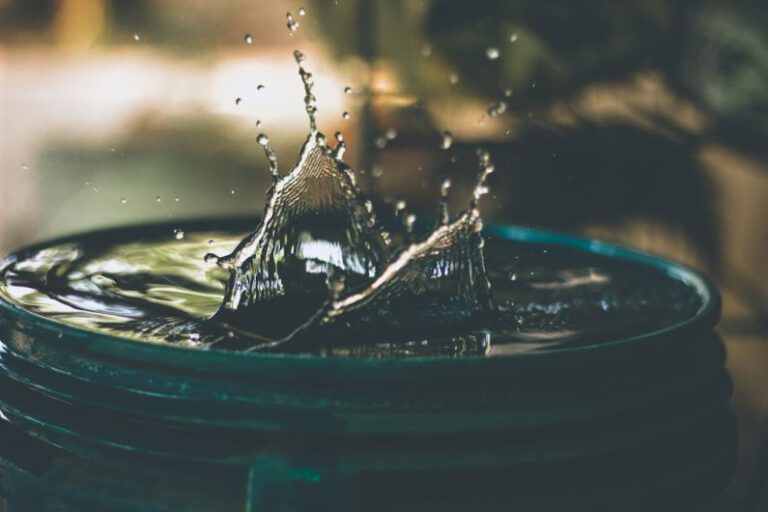Eco-friendly Packaging Solutions to Combat Plastic Pollution
In a world where plastic pollution is a pressing concern, the need for eco-friendly packaging solutions has never been more urgent. The over-reliance on plastic packaging has led to devastating consequences for the environment, with landfills overflowing and marine life suffering from the effects of plastic waste. However, there is hope on the horizon as innovative alternatives to traditional plastic packaging are emerging, offering more sustainable options for businesses and consumers alike.
### The Problem with Plastic Packaging
Plastic packaging has long been a staple in the industry due to its convenience, durability, and low cost. However, its environmental impact is undeniable. Single-use plastics, such as bags, bottles, and packaging materials, often end up in landfills or oceans, where they take hundreds of years to decompose. This accumulation of plastic waste not only harms wildlife but also poses a threat to human health as microplastics enter the food chain.
### Biodegradable Packaging
One of the most promising alternatives to traditional plastic packaging is biodegradable materials. These materials are designed to break down naturally over time, reducing the amount of waste that ends up in landfills. Biodegradable packaging can be made from a variety of sources, including plant-based materials like corn starch, sugarcane, and bamboo. These materials offer the same level of protection and functionality as traditional plastics but with a significantly lower environmental impact.
### Compostable Packaging
Compostable packaging takes sustainability a step further by not only breaking down but also enriching the soil as it decomposes. Made from organic materials like paper, cardboard, and plant fibers, compostable packaging can be disposed of in a compost bin along with food waste. This closed-loop system reduces the amount of waste that goes to landfills and helps to create nutrient-rich soil for future use.
### Reusable Packaging
Another effective solution to combat plastic pollution is reusable packaging. By encouraging consumers to use containers, bags, and other packaging materials multiple times, businesses can significantly reduce their environmental footprint. Reusable packaging options can range from glass jars and stainless steel containers to cloth bags and beeswax wraps. Not only do these alternatives reduce waste, but they also promote a more sustainable lifestyle among consumers.
### Water-Soluble Packaging
Water-soluble packaging is a cutting-edge solution that offers a unique approach to reducing plastic waste. These materials are designed to dissolve in water, making them ideal for single-use applications where traditional plastics would typically be discarded. Water-soluble packaging can be made from a variety of materials, including starches, cellulose, and PVA. While still in the early stages of development, water-soluble packaging shows great promise in reducing plastic pollution in the future.
### Collaborative Efforts
Addressing plastic pollution requires a collaborative effort from all sectors of society. Businesses, governments, and consumers must work together to adopt and promote eco-friendly packaging solutions. Businesses can lead the way by investing in sustainable packaging options and educating consumers about the importance of making environmentally conscious choices. Governments can implement regulations and incentives to encourage the use of eco-friendly packaging, while consumers can support companies that prioritize sustainability and reduce their own plastic consumption.
### A Sustainable Future
As the global awareness of plastic pollution grows, so too does the demand for eco-friendly packaging solutions. By embracing biodegradable, compostable, reusable, and water-soluble alternatives, we can reduce our reliance on traditional plastics and mitigate the environmental impact of packaging waste. Together, we can create a more sustainable future for generations to come, where plastic pollution is a thing of the past.






